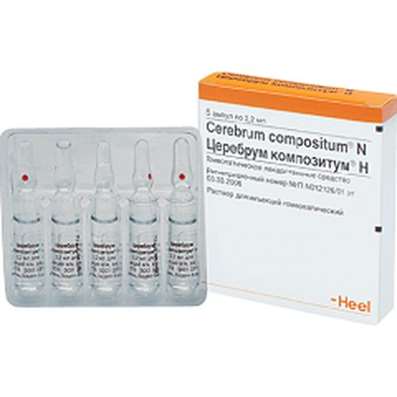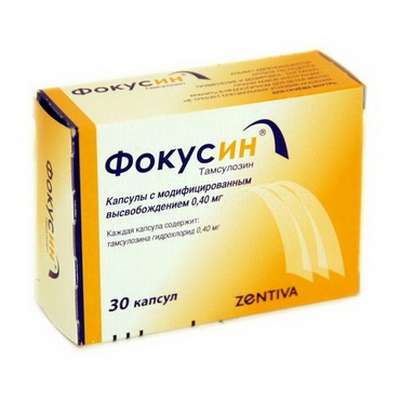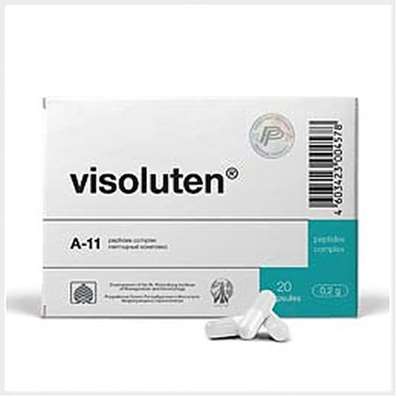Instruction for use: Narcotan
I want this, give me price
Dosage form: liquid for inhalation a bottle (bottle) of dark glass 250 ml
Active substance: Halothane *
ATX
N01AB01 Halothane
Pharmacological group:
Anesthetic means
The nosological classification (ICD-10)
J46 Asthmatic status [status asthmaticusch: Asthmatic attack; Asthmatic status; Bronchospasm with bronchial asthma
O71.0 Rupture of the uterus before the onset of labor: threatening rupture of the uterus
O71.1 Rupture of the uterus during labor: Threatening uterine rupture
Z100.0 * Anesthesiology and premedication: Abdominal surgery; Adenomectomy; Amputation; Angioplasty of the coronary arteries; Carotid artery angioplasty; Antiseptic treatment of skin in wounds; Antiseptic treatment of hands; Appendectomy; Atheroctomy; Balloon coronary angioplasty; Vaginal hysterectomy; Venous bypass; Interventions on the vagina and cervix; Interventions on the bladder; Interference in the oral cavity; Reconstructive-reconstructive operations; Hand hygiene of medical personnel; Gynecological Surgery; Gynecological interventions; Gynecological operations; Hypovolemic shock during surgery; Disinfection of purulent wounds; Disinfection of the edges of wounds; Diagnostic Interventions; Diagnostic procedures; Diathermocoagulation of the cervix; Long-term surgeries; Replacement of fistulous catheters; Infection in orthopedic surgical interventions; Artificial heart valve; Kistectomy; Short-term outpatient surgery; Short-term operations; Short-term surgical procedures; Cryotyreotomy; Blood loss during surgical interventions; Bleeding during surgery and in the postoperative period; Kuldotsentez; Laser coagulation; Laserocoagulation; Laser retinopathy of the retina; Laparoscopy; Laparoscopy in gynecology; Likvornaya fistula; Small gynecological operations; Small surgical interventions; Mastectomy and subsequent plastic surgery; Mediastinotomy; Microsurgical operations on the ear; Mukinging operations; Suturing; Minor surgery; Neurosurgical operation; Eclipse of the eyeball in ophthalmic surgery Orchiectomy; Pancreatectomy; Pericardectomy; The rehabilitation period after surgical operations; Reconvalence after surgical intervention; Percutaneous transluminal coronary angioplasty; Pleural Thoracocentesis; Pneumonia postoperative and post traumatic; Preparing for surgical procedures; Preparing for a surgical operation; Preparation of the surgeon's arms before surgery; Preparation of the colon for surgical interventions; Postoperative aspiration pneumonia in neurosurgical and thoracic operations; Postoperative nausea; Postoperative hemorrhage; Postoperative granuloma; Postoperative shock; Early postoperative period; Myocardial revascularization; Resection of the apex of the tooth root; Resection of the stomach; Bowel resection; Resection of the uterus; Liver resection; Small bowel resection; Resection of a part of the stomach; Reocclusion of the operated vessel; Gluing of tissues during surgical interventions; Suture removal; Condition after eye surgery; Condition after surgery; Condition after surgery in the nasal cavity;Condition after gastrectomy; Condition after resection of the small intestine; Condition after tonsillectomy; Condition after removal of duodenum; Condition after phlebectomy; Vascular Surgery; Splenectomy; Sterilization of surgical instrument; Sterilization of surgical instruments; Sternotomy; Dental surgery; Dental intervention on periodontal tissues; Strumectomy; Tonsillectomy; Thoracic surgery; Total gastrectomy; Transdermal intravascular coronary angioplasty; Transurethral resection; Turbinectomy; Removal of a tooth; Cataract removal; Removing Cysts; Removal of tonsils; Removal of myoma; Removal of mobile milk teeth; Removal of polyps; Removal of a broken tooth; Removal of the uterus; Removal of seams; Urethrotomy; Fistula of the luminal ducts; Frontoetmoidohaimorotomy; Surgical infection; Surgical treatment of chronic ulcers of extremities; Surgery; Surgery in the anus; Surgery on the large intestine; Surgical practice; Surgical procedure; Surgical interventions; Surgical interventions on the digestive tract; Surgical interventions on the urinary tract;Surgical interventions on the urinary system; Surgical interventions on the genitourinary system; Surgical intervention on the heart; Surgical procedures; Surgical operations; Surgical operations on veins; Surgical intervention; Vascular; Cholecystectomy; Partial resection of the stomach; Extraperitoneal hysterectomy; Percutaneous transluminal coronary angioplasty; Percutaneous transluminal angioplasty; Coronary artery bypass grafting; Extirpation of the tooth; Extirpation of infant teeth; Extirpation of pulp; Extracorporeal circulation; Extraction of the tooth; Extraction of teeth; Extraction of cataracts; Electrocoagulation; Endourological interventions; Episiotomy; Ethmoidotomy; Complications after tooth extraction
Composition and release form
1 bottle with a solution for inhalation anesthesia contains halothane 250 ml; in the box 1 bottle.
Pharmachologic effect
Pharmacological action - anesthesia.
Inhibits interneuronal transmission to the central nervous system.
Indication of drug Narotan
Induction and maintenance of anesthesia during surgical operations and diagnostic studies, incl. for the introduction of anesthesia for chronic diseases of the respiratory tract and diabetes mellitus; as a tocolytic during a threatening rupture of the uterus (in the absence of other tocolytics for intravenous administration) or bronchodilator in the asthmatic state.
Contraindications
Jaundice or hyperthermia after previous halotane anesthesia, impaired liver function, increased intracranial pressure, the need for adrenaline in the field of the operating field; I trimester of pregnancy, the period of childbirth.
Side effects
Headache, nausea, arterial hypotension, bradycardia, arrhythmia, increased intracranial pressure, hyperthermia, impaired hepatic function, incl. jaundice (after anesthesia).
Interaction
Adrenaline and other sympathomimetics increase the risk of arrhythmias. Weakens the effect of funds affecting the uterus. The use of morphine in combination with Narkotan causes an increase in the depressive effect of the latter on the central nervous system.
Dosing and Administration
Inhalation (with air, oxygen) in combination with nitrous oxide, etc. anesthesia. For the introduction of anesthesia - in concentrations of up to 3 (in children) 4% by volume, for maintenance of anesthesia - 0.5-1.5%. An adequate dosing regimen is achieved using a calibrated evaporator.
Precautionary measures
With extreme caution used for arrhythmias, against the background of cardiac glycosides.
Special instructions
Avoid storing halothane in evaporators (because of possible corrosion of the device and as a result of solution staining with thymol stabilizer).
Conditions for storing the drug Narcotan
In a dry, dark place at a temperature of 10-25 ° C.
Keep out of the reach of children.
Shelf life of the drug Narcotan
3 years.
Do not use after the expiry date printed on the package.

 Cart
Cart





